If anything can be said of the County of Norfolk, less than two hundred kilometers northeast of London, is that it is a pleasant and little known place, because given its geographical location, with a coast that extends along the North Sea, has been somewhat isolated from the rest of the country, although it has always been the chosen place of traditional british summer
His nature is soft, without big surprises, vast farm fields, windmills and forests. That does not mean that you have a rough sea and inland many more things happen than it may seem at first. That's how they must have thought kings Of Crime, doctor and writer Sir Arthur Conan Doyle and Agatha Christie who were inspired by this uneventful land to write some of their most notable works.
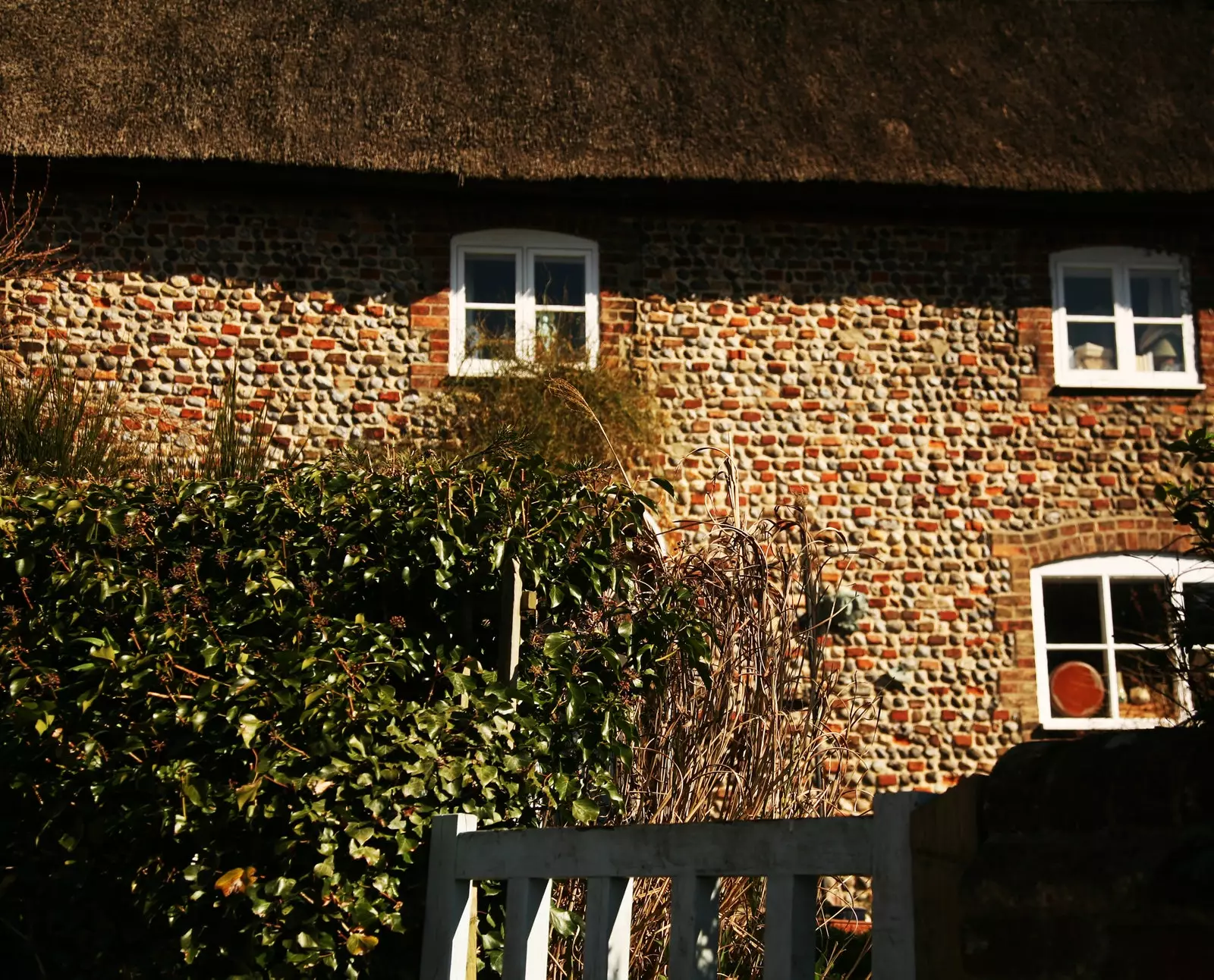
The cobblestone with which the houses in Norfolk County are dressed.
THE STONE STARS NORFOLK
If something collides while traveling the cozy villages of the area is the finishing of their houses with a curious and irregular paved, since as the locals say, those stones are the genuine material that the sea puts them within arm's reach. As paved are the rectangular churches with a rectangular tower that means them. However, each population his own story. Let's start for example in North Walsham, a coquettish city, what not a town, since when asking about the number of inhabitants of the town the answer about the number is accompanied by the funny clarification to cover the amount necessary to be considered a city In all rules.
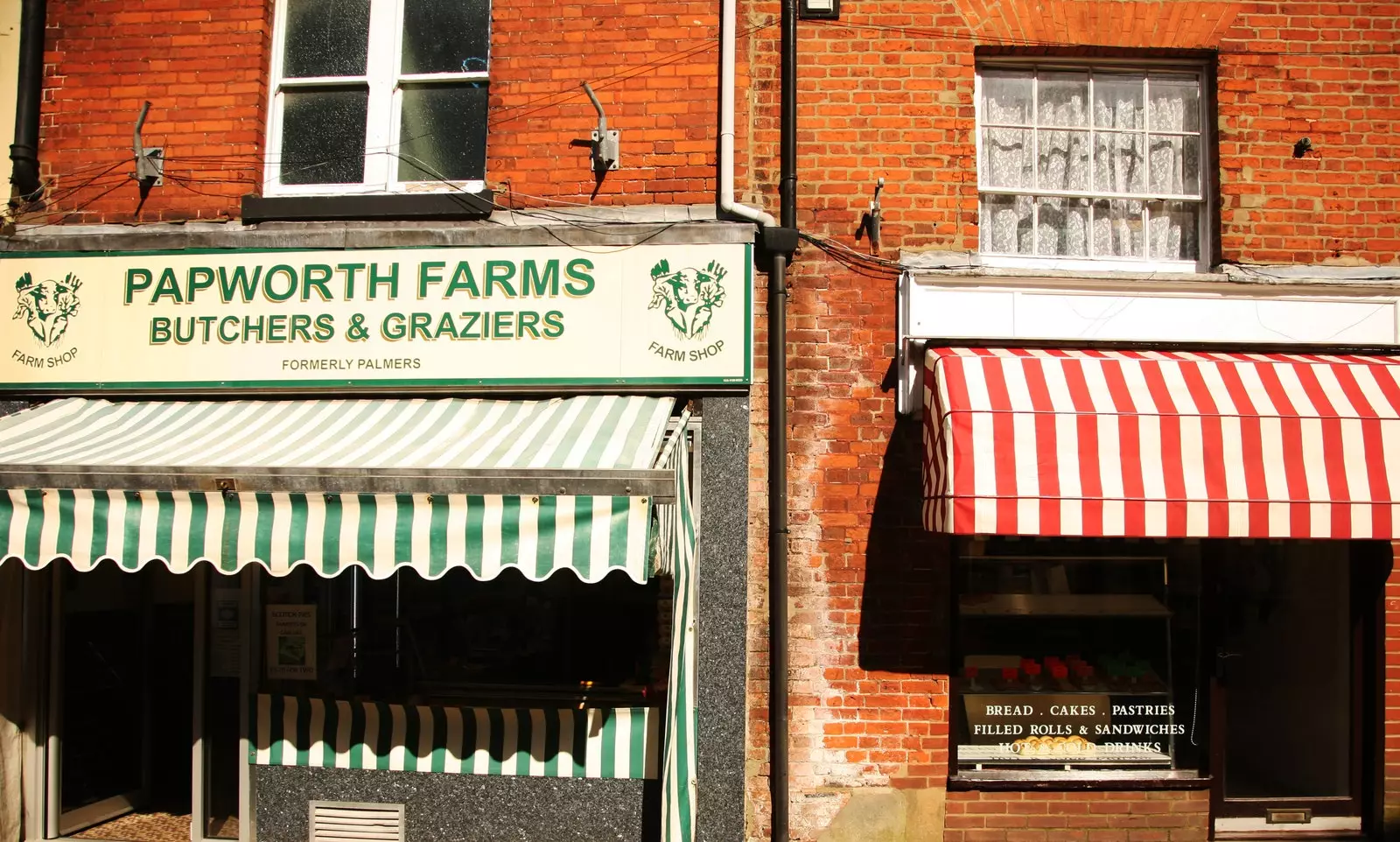
Local trade in North Walsham, Norfolk.
This small city boasts of being one of the few places where it is strongly encouraged local trade, despite having supermarkets, Sainsbury's, Lidl... that look sideways as they pass by to end up buying their fruits or vegetables at Waterloo Stores, take a fish & chips for lunch at The Three Cottages, make a stop along the way to savor the most delicious of lemon biscuits in Shambles and end the shopping in Sam's Pet buying what is necessary for the cat (everyone has one). Your center has sixty two historic buildings and the memorial that tells of the Battle of North Walsham in 1381, one of the last events of the peasant revolution. It is worth mentioning the city market that takes place every Thursday, as well as the Farmers mounts the Last sunday of the month.
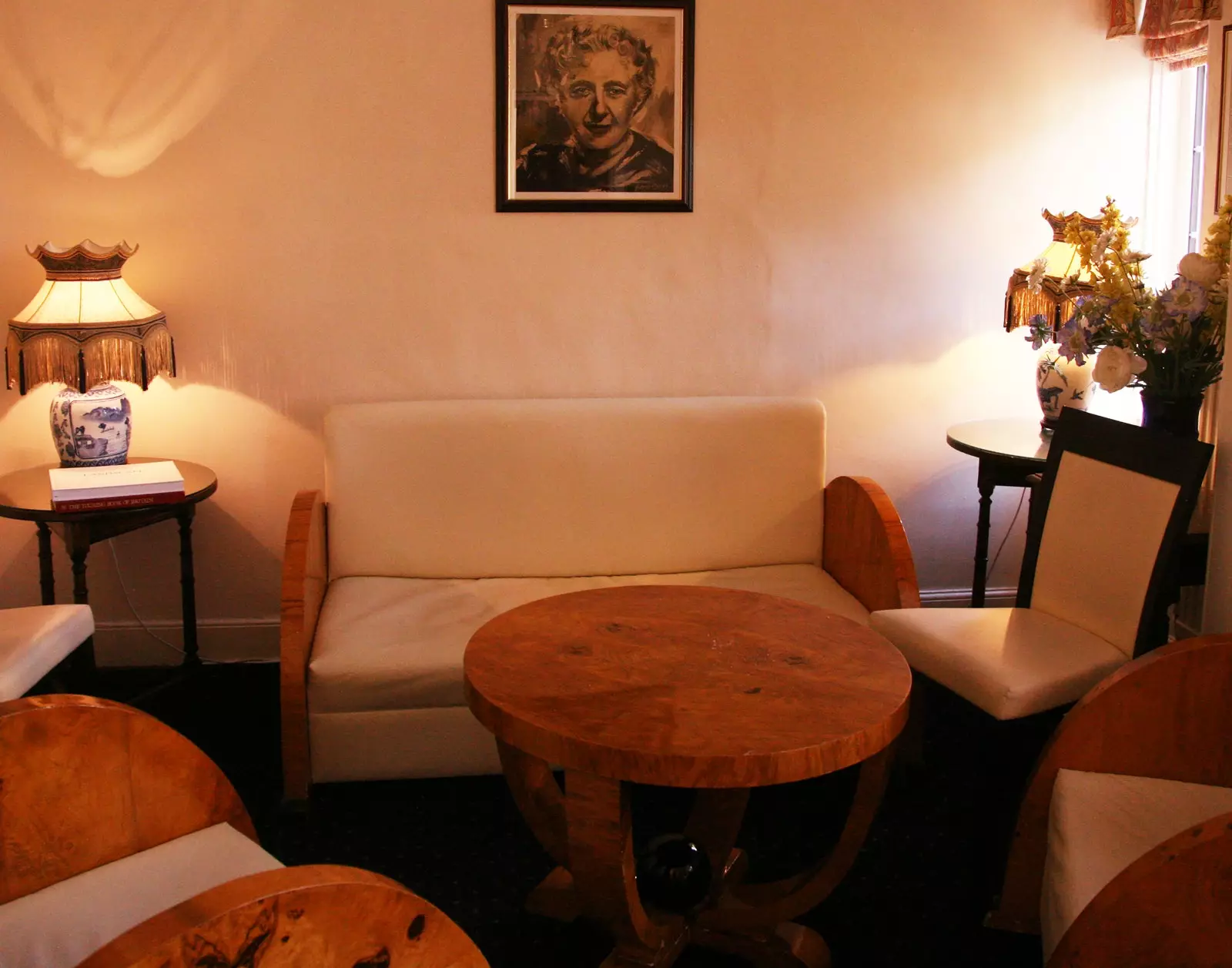
Bar of the Beechwood Hotel, in North Walsham, with photographs by Agatha Christie.
AGATHA CHRISTIE AND THE MCLEODS
In the Hotel Beechwood, North Walsham, once the Shrubs mansion of the McLeods, whom Agatha Christie met in Mesopotamia, Traces of the writer are found in every corner. Her portrait presides over the entrance, her complete works and her bedroom are lined up in the library, room number nine, it follows exactly how she was when she went to visit her doctor friends, the McLeods. She stayed in the cottage long seasons with them and her children, in fact she was the godmother of Crystal, the youngest of her children. There the nightly gatherings were lengthened, consulting with them on somewhat lurid topics about poisons, autopsies and other charming details necessary for her novels. Many afternoons she sat down to write in a cabin in the lush garden, today one of the privileged suites of the hotel that even has a private hot tub.
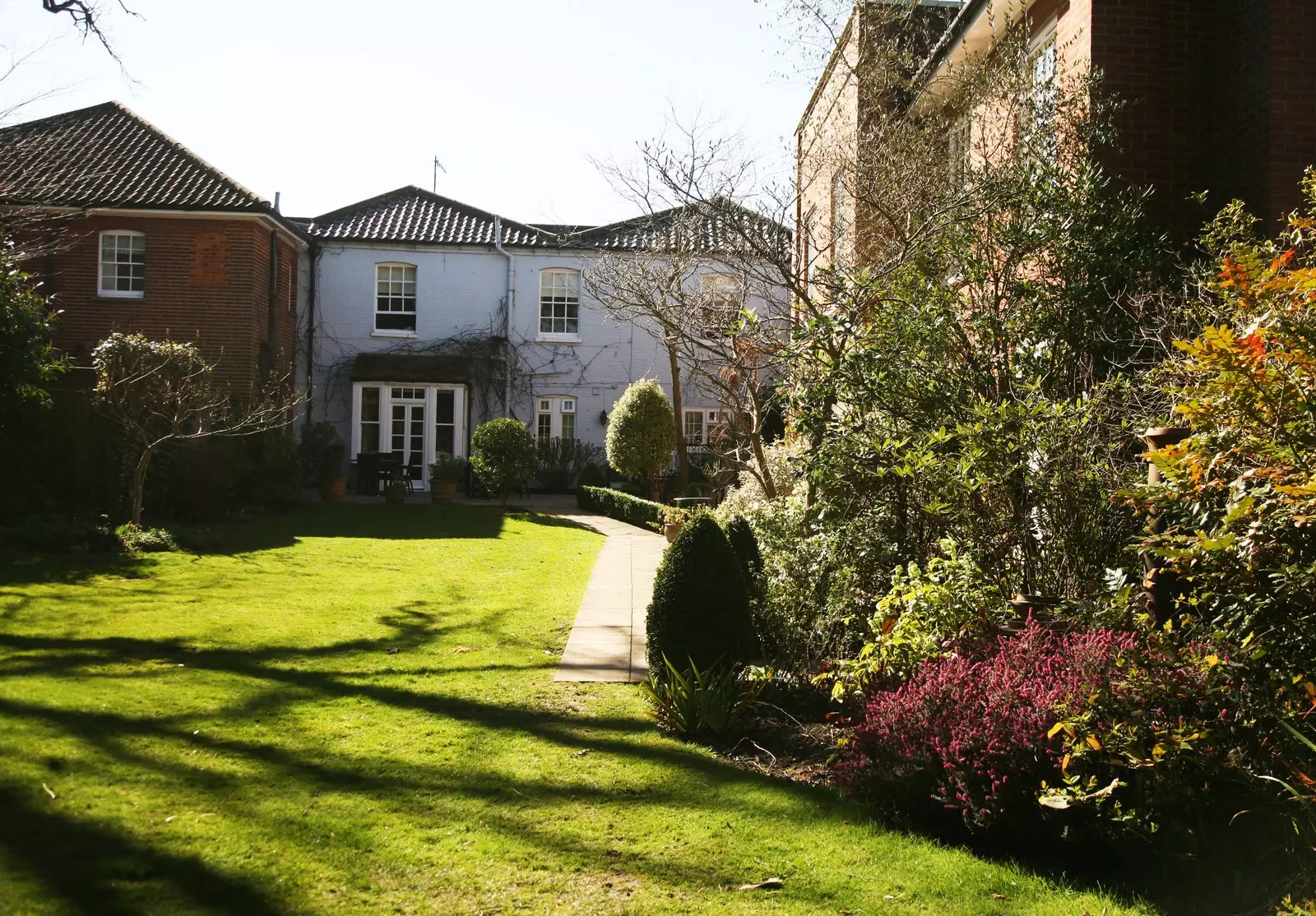
Garden of the Beechwood Hotel, former McLeod cottage.
One of her most famous novels, A Sad Cypress, is dedicated to Peter and Peggy McLeod. The Beechwood Hotel hangs framed letters from the writer and her husband, the archaeologist Max Mallowan, to the McLeods, as well as photographs of those times between which the visit to the two marriages of the Sheikh of Mesopotamia. And they say that the townspeople, today the city, couldn't cope with watching the singular ruler and his retinue in so unusual English enclave.
HAPPISBURGH FELL IN LOVE WITH SIR ARTHUR CONAN DOYLE
About the little town Walcott you can talk about your beach and a lovely restaurant called The Lighthouse Inn where they serve first class meat, lobster, prawns, mussels and the crab that is famous in the area. Speaking of crabs, at the entrance to Happisburgh there is a glass stall where its owner sells stuffed crab heads of their own meat, already peeled and prepared; an authentic delight.
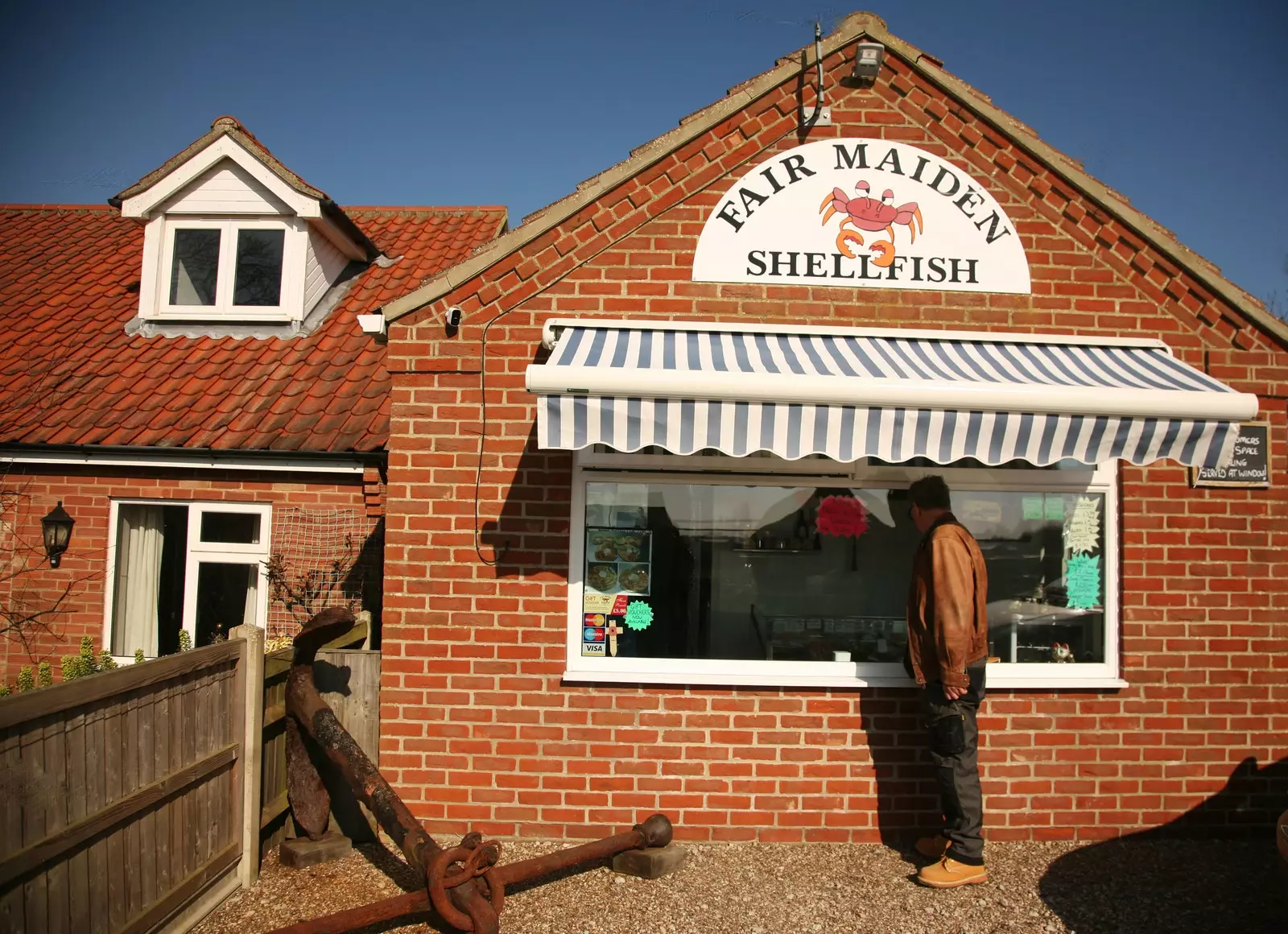
Crab sale in Happisburgh.
Happisburgh looks like a fairy tale. Colored houses with flowery gardens, a church overlooking the sea, a red and white striped lighthouse lighting up the horizon and a pub on the hill in whose guest house, The Hill House Hotel, stayed Sir Arthur Conan Doyle who, in love with the place, used to frequent it. There he wrote his novel The Adventure of the Dancing Men, inspired by a drawing of men dancing that Gilbert Cubitt, son of the owner, had invented as a signature. In the novel, the character who almost surpassed him, Sherlock Holmes, you have to decipher drawing to solve the case. It belongs to the series of The Return of Sherlock Holmes whom the writer had no choice but to recover hounded by his readers, after deciding to finish him feeling that he had overwhelmed her.
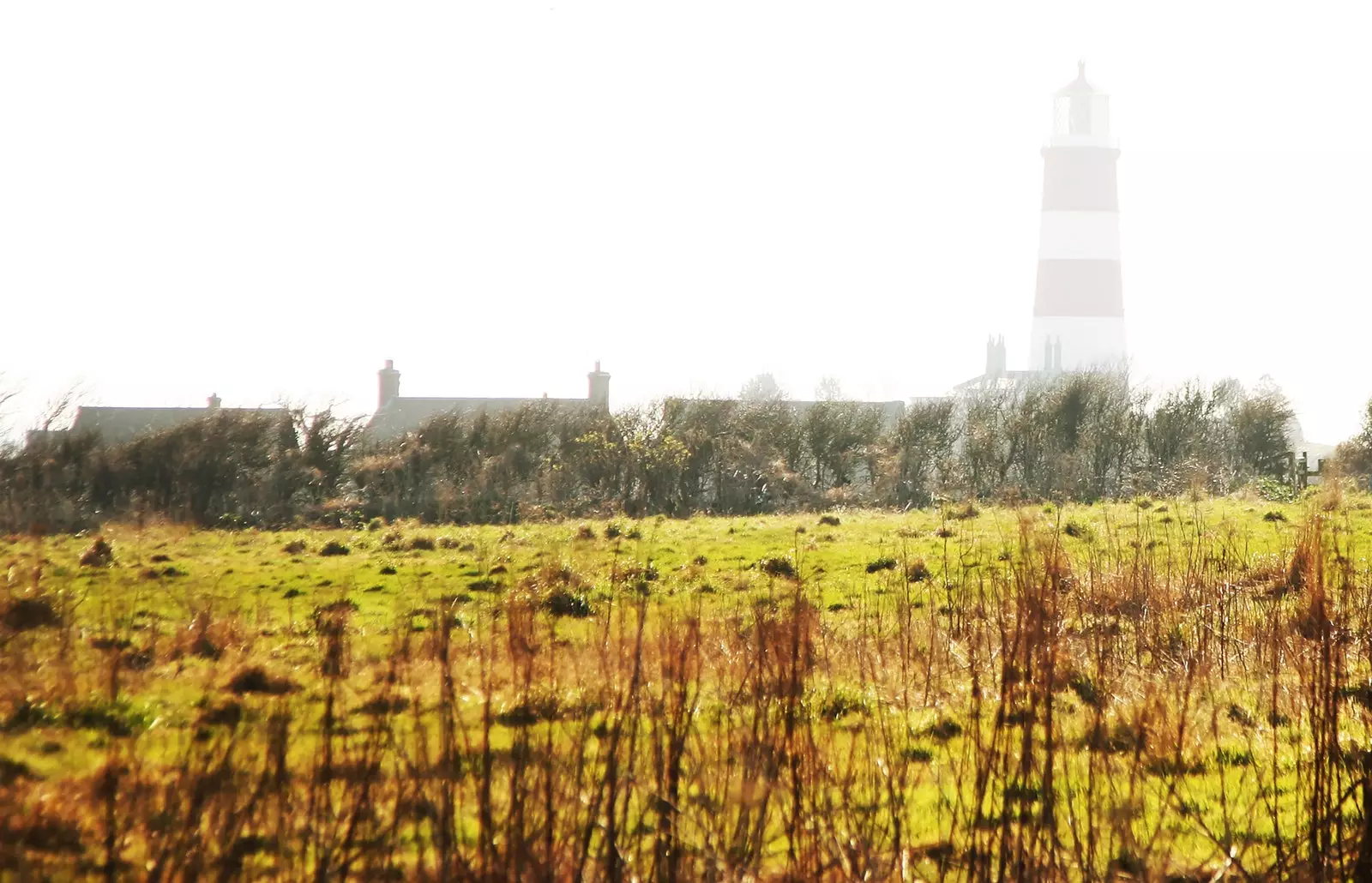
Happisburgh Lighthouse, Norfolk.
CROMER, HIGH RANGE SUMMER RESORT
Cromer, traditional and wealthy summer resort, dresses in georgian Mansions, a gothic cathedral and a beautiful victorian pier with its own theatre. Royal National Lifeboat Institution has a museum dedicated to Henry Blog, the service's most decorated lifeguard. There is no shortage of the crab fleet that brings shellfish from March to October, as well as its famous golf courses, country clubs, good fish restaurants, the lighthouse and the imposing structure of the Paris Hotel rising above the pier. The call weaving-trail of sixty-one miles between Cromer and Great Yarmouth was so named in memory of the flourishing season of wool in the middle ages.
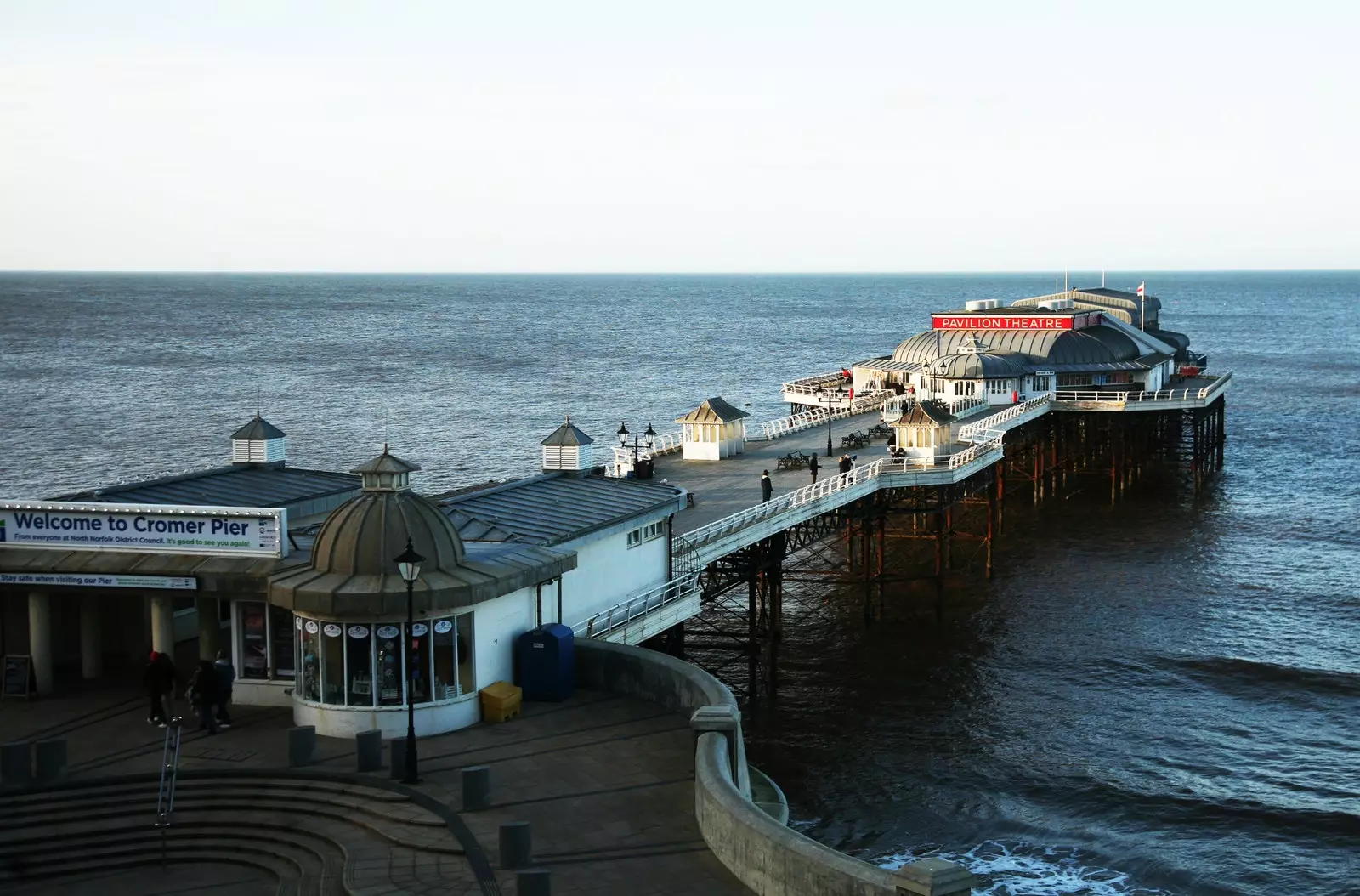
Cromer Pier, Norfolk.
THE DOG OF THE BASKERVILLE
People say that Conan Doyle on his return from the Second Boer War in South Africa, tired and ill, he decided to spend a season at Cromer in the company of his friend the journalist Bertram Fletcher Robinson, take in the sea air and play golf. He stayed at the now defunct Royal Links Hotel. During the stay they were invited (film type) to dinner at the Cabell mansion at Cromer Hall. While they dined, the host told a curious story related to his uncle Hugo Cabell about a dog and a murder. The ghost of the dog continued to appear intermittently in the area and both Hugo Cabell and the specter of the hound were reasons inspiring for Doyle's work, The Hound of the Baskervilles.
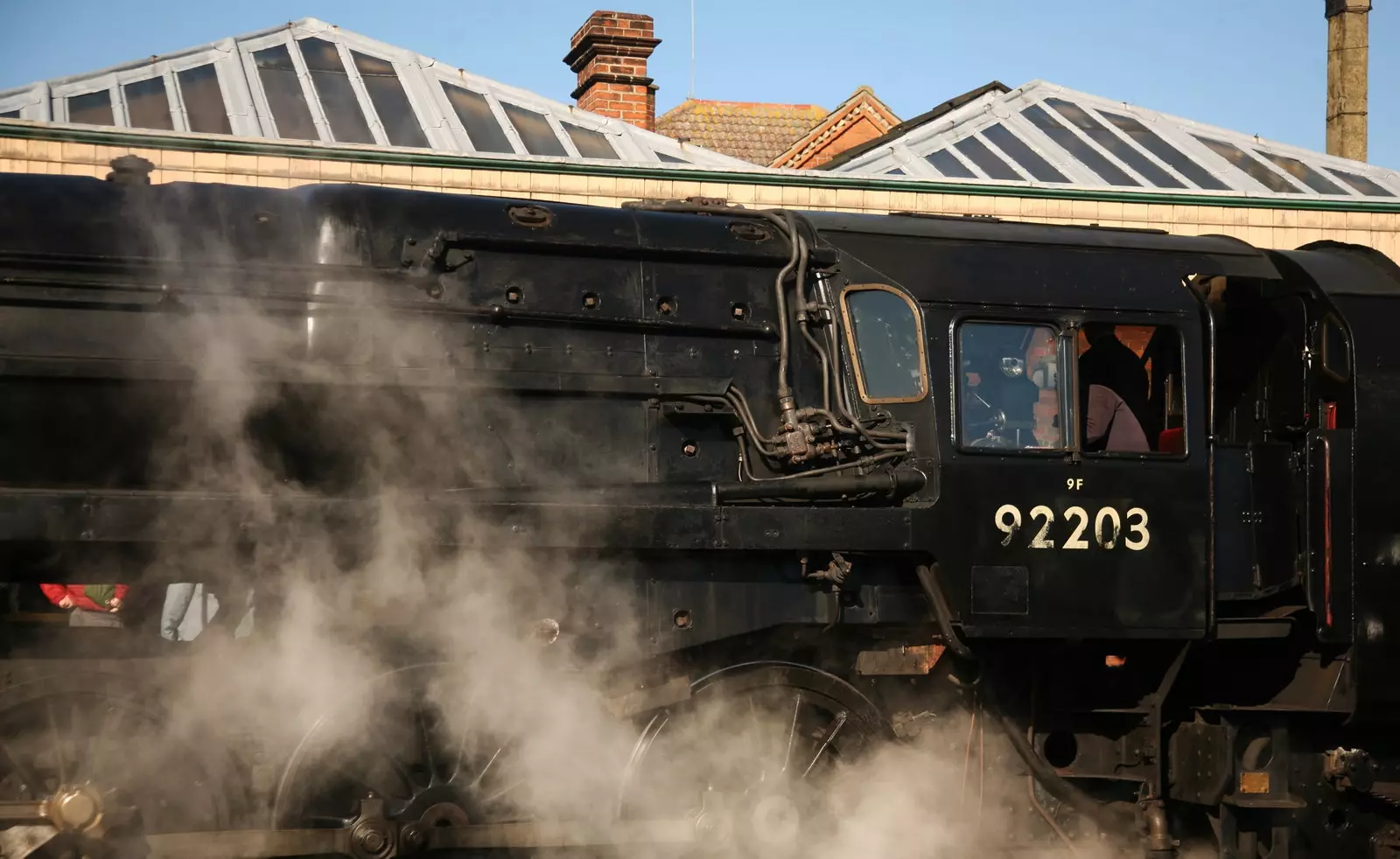
The Poppy Train, Norfolk.
THE POPPY TRAIN
Cromer's neighbor is the seaside town of Sheringham. Yes it is Saturday, market day, you have to try the delicacies of its stalls; some very fresh cockles, lobsters freshly caught or sea snails. Other options would be to go eat a Excellent fish & chips in any of its restaurants, enter the vintage stores, go to he Museum of the City, that talks about it from prehistoric times to the present, or take a walk on the beach before catching the Poppy line. in a station to the Mary Poppins era, the train does the honors releasing smoke everywhere, loading coal and welcoming its expectant passengers who will enjoy aboard the most spectacular coastal scenery until reaching the Georgian city of Holt.
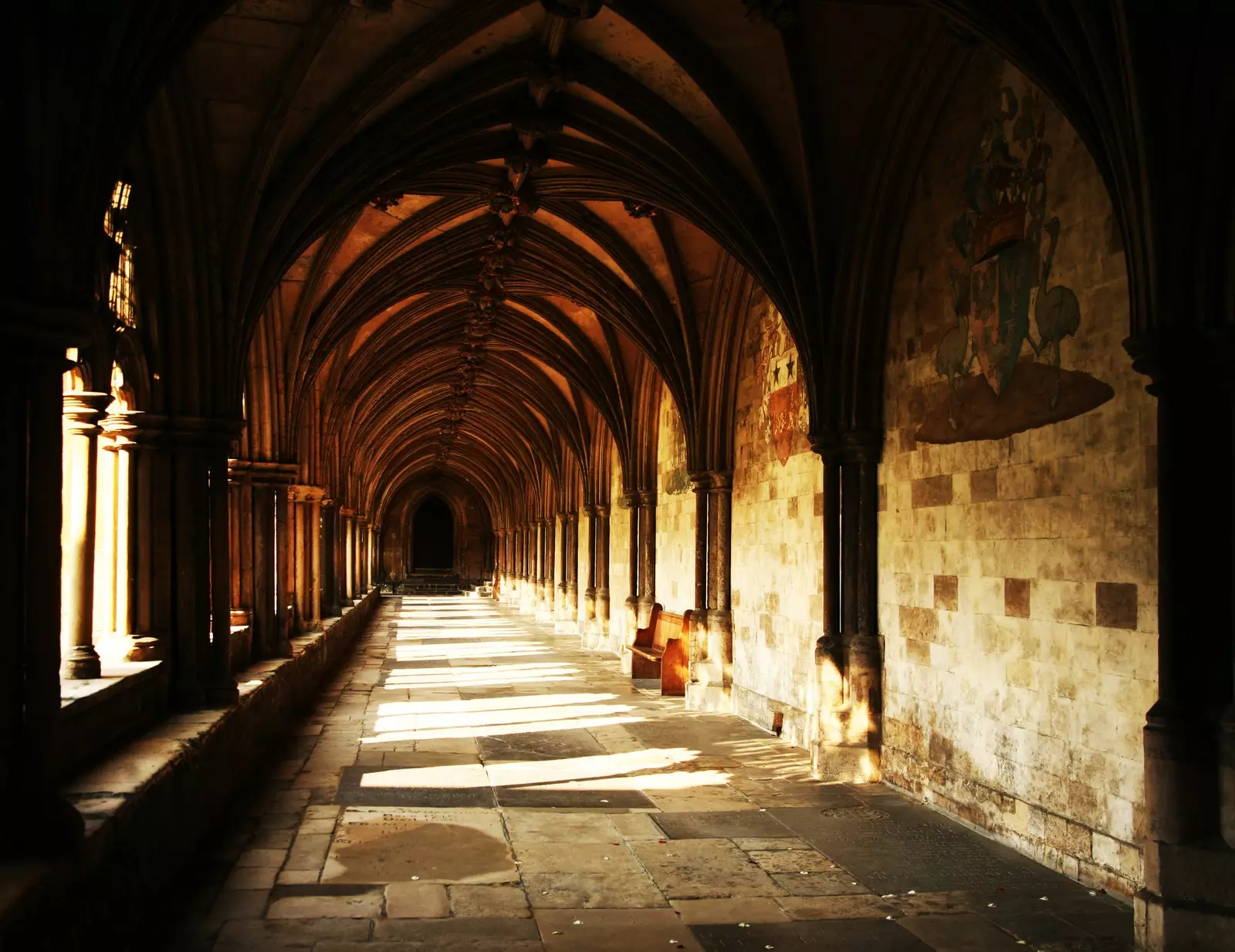
The cloisters of Norwich Cathedral, Norfolk.
NORWICH, NORFOLK COUNTY CAPITAL
The medieval cathedral is ubiquitous thanks to its pointed needle that can be seen from practically anywhere in the city. as it is also ubiquitous wensum river, that forms idyllic landscapes between those parks whose benches are dedicated to some relevant citizen of Norwich, and the medieval street of Elm Hill. At a time when Norwich was the second largest and most important city after London, when it prospered thanks to the wool trade which led to one fruitful weaving industry. You can learn about this prominent historical period at the Norwich Museum in Bridewell, a former merchant's house restored to show the rise of the capital of Norfolk in the s. XIII.
The city is practically immersed in the Norfolk Broads National Park. superb landscape of Lakes and rivers covering an area of three hundred square kilometers and two hundred kilometers of waterways with special bike routes, pedestrians or boaters. Norwich breathes serenity but also curiosity and creativity at every turn. It can be seen in that jumble sale which takes place in The Halls where local artists sell their creations and where after paying the ticket you have the right to a gin tonic that will encourage shopping under the arcades and in front of the organ of the old church that welcomes the market.
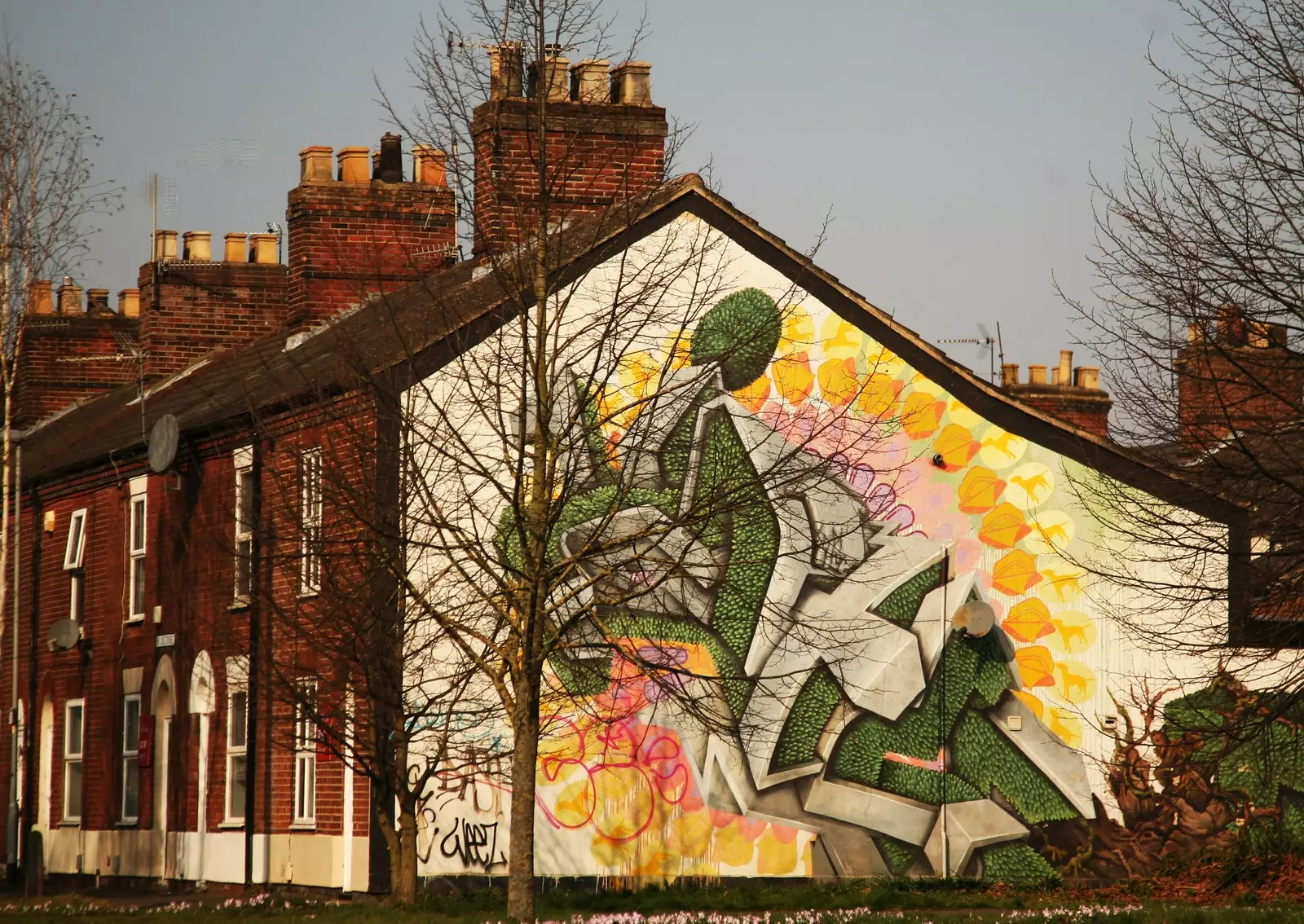
The street art of Norwich, Norfolk.
There are bookstores everywhere, as is the colorful Norwich Market, next to the art deco town hall, whose two hundred stalls that resemble beach huts, house all kinds of commerce, from spices, herbs, organic food, fish or meat , to jewelry, fabrics, or flowers The Sainsbury Center for Visual Arts is Norman Foster's project converted into a high-tech museum and art gallery.
A SERENE PLACE
People walk quietly and most of them are accompanied by a pet. They go into this store or that one, decide to eat in The Ivy, beautiful and sophisticated place with a seasonal menu, vegetarian, for all tastes... or in the Cozy Club contemplating its spectacular dome while enjoying a nice offer. For an entertaining time and fresh and delicious food, nothing like Frank's Bar at 19 Bedford Street, that is always full, for something it will be. a walk through The Forum, one of the most architecturally curious buildings in Norwich which, built for the turn of the millennium, houses the most important library in the city, the radio and is home to all kinds of exhibits and concerts.
The Norman Romanesque castle of the s. XII It has the appearance of a cube. It served as a prison for many years and today houses a museum that shows various exhibitions; artifacts, watercolors, baroque paintings or egyptian antiquities. You shouldn't say goodbye to Norwich without giving its cathedral a good time, a true wonder considered one of the most important buildings of English Norman heritage dating back to the s. XI. Its two-storey cloister, the only one of its kind in England, is a beautiful example full of carvings and sculptures. Without forgetting the urban art which is reflected in many murals in Norwich and which features works by Banksy. Time to go to sleep at charming hotel who presumes to be the oldest in England The Maids Head Hotel, situated in the heart of historic Norwich.
